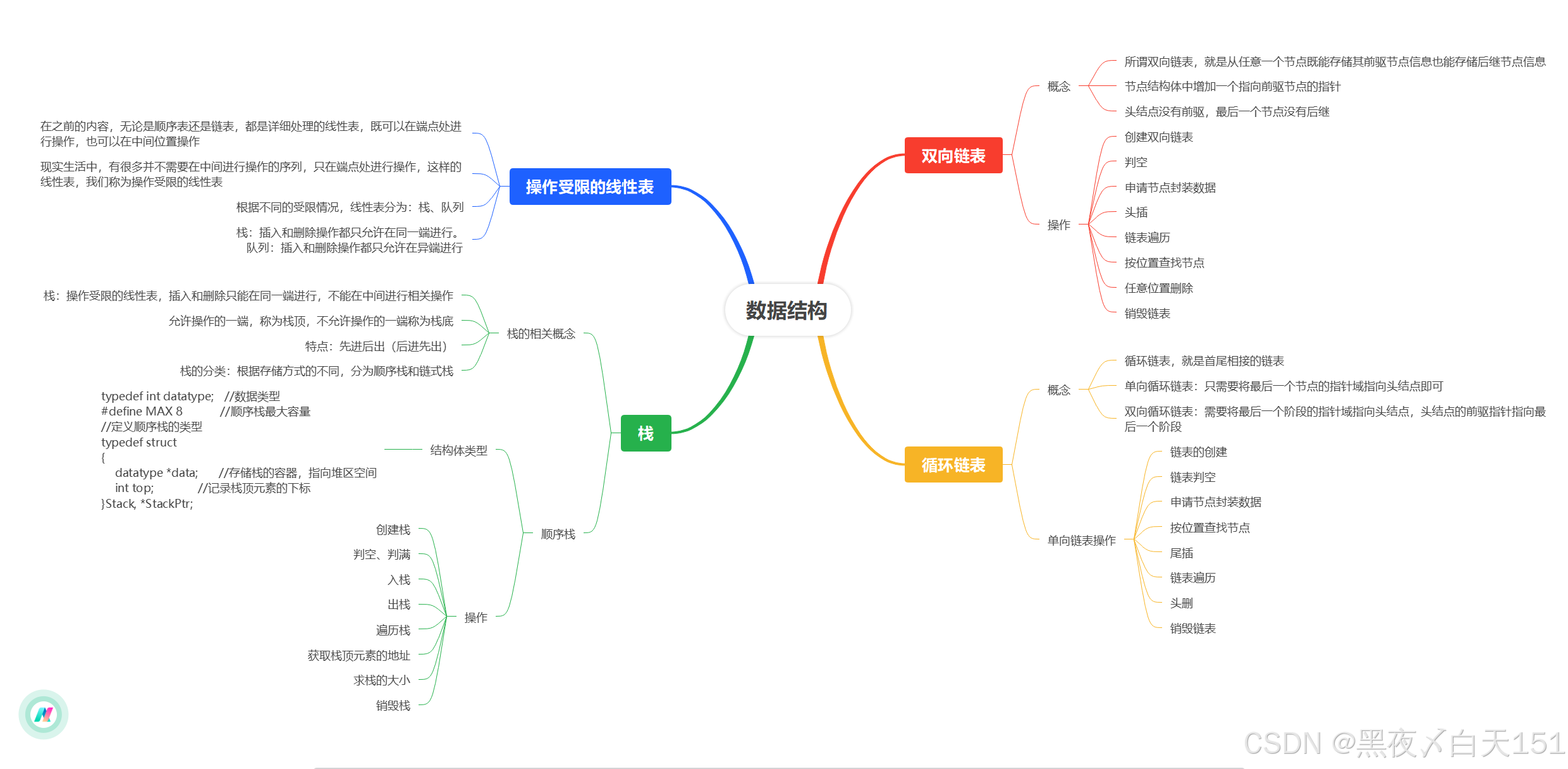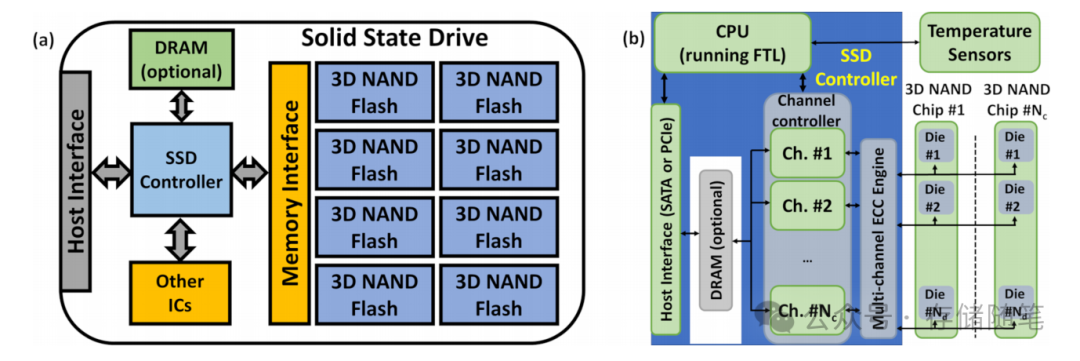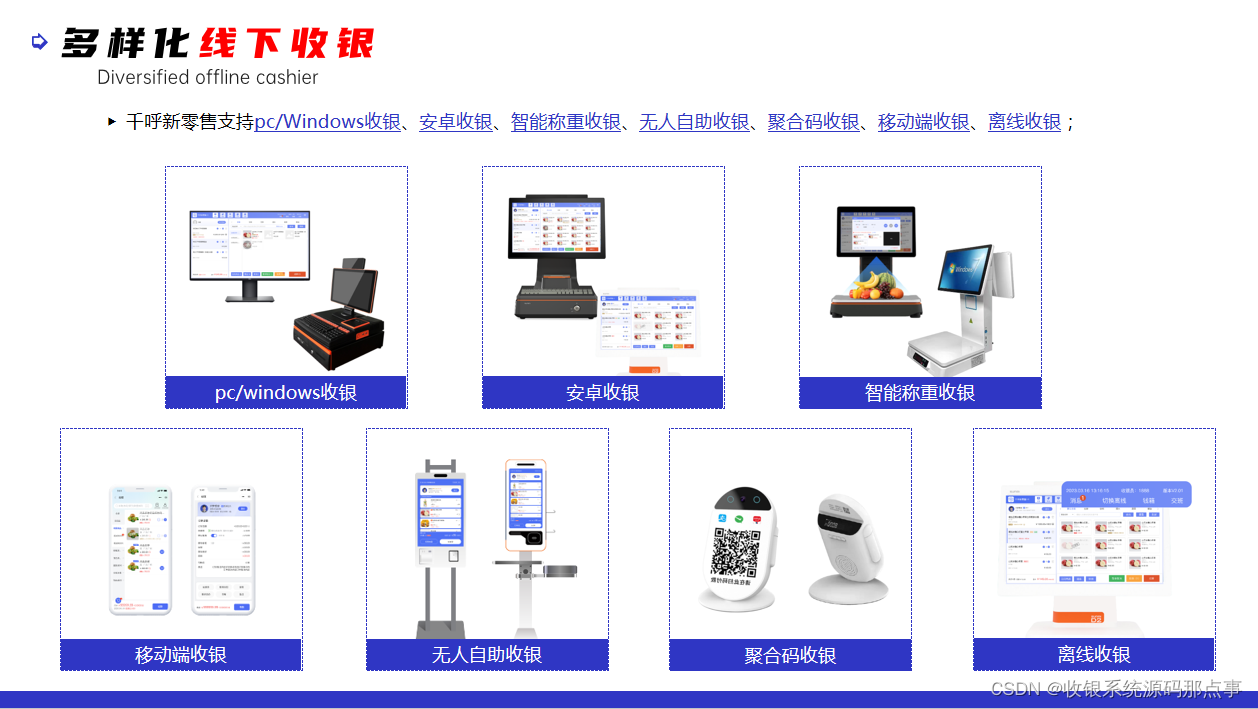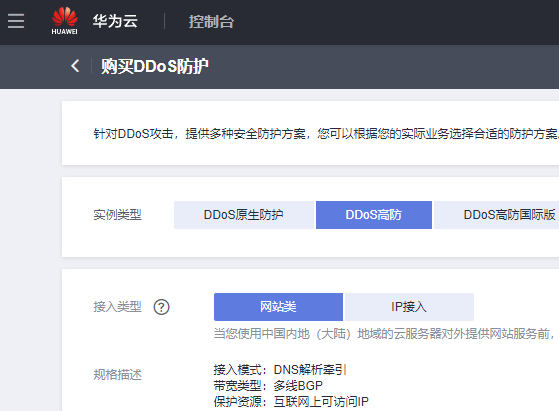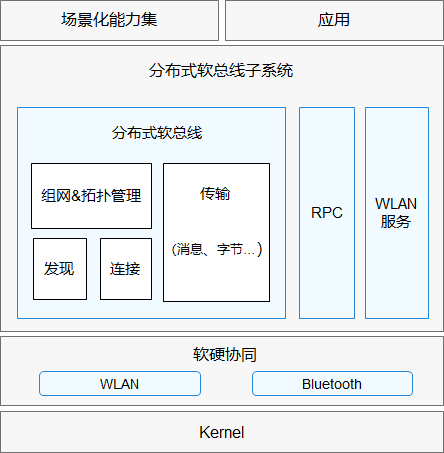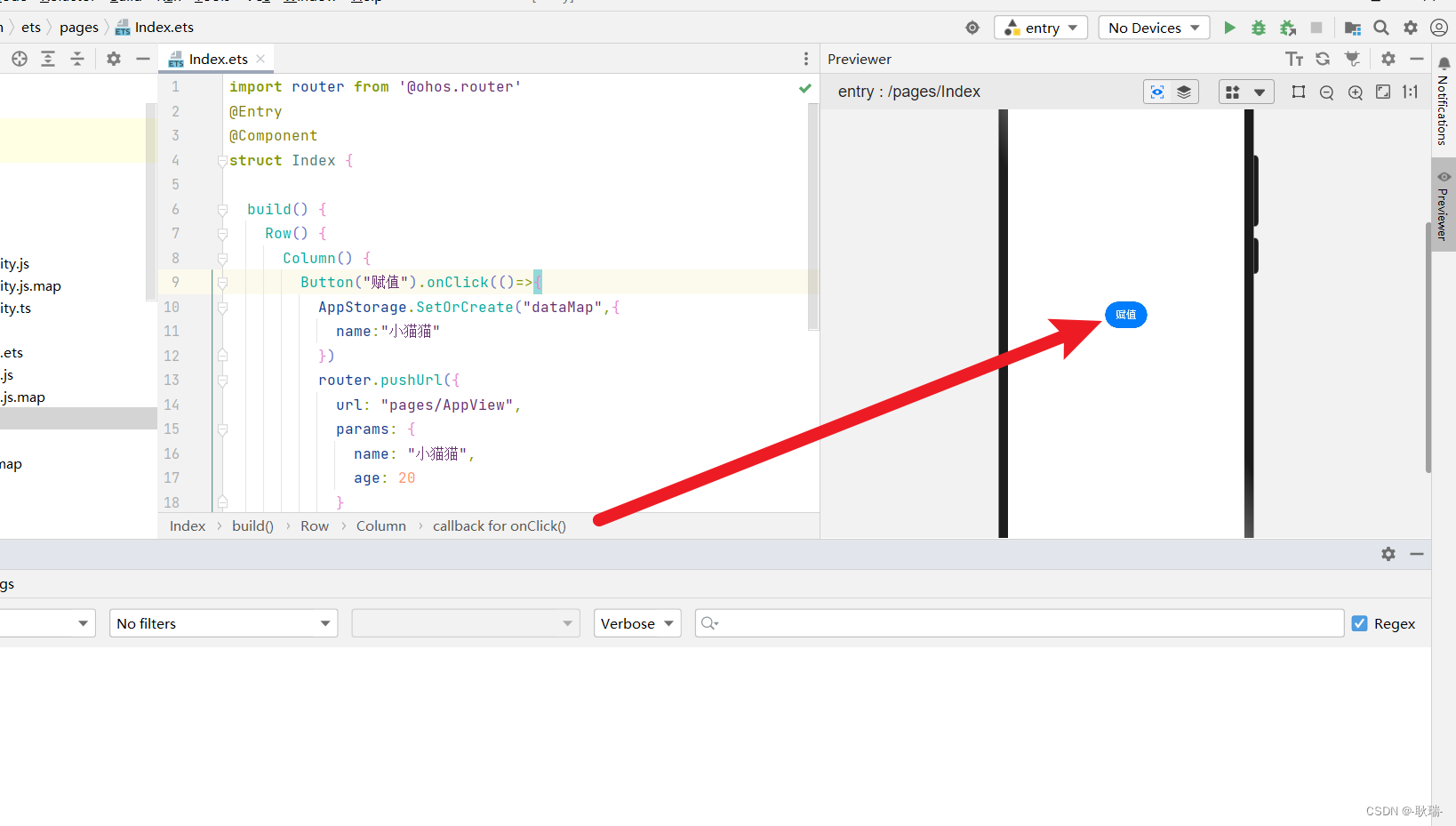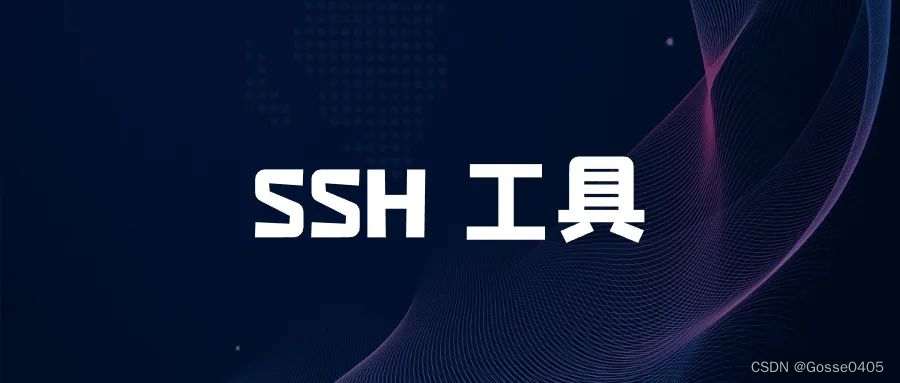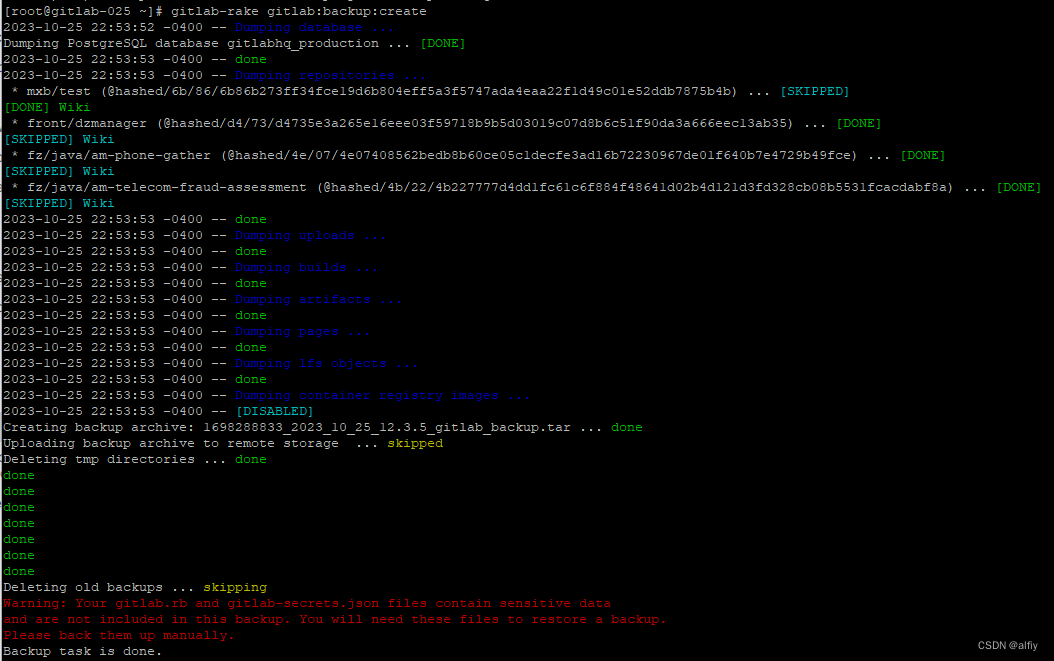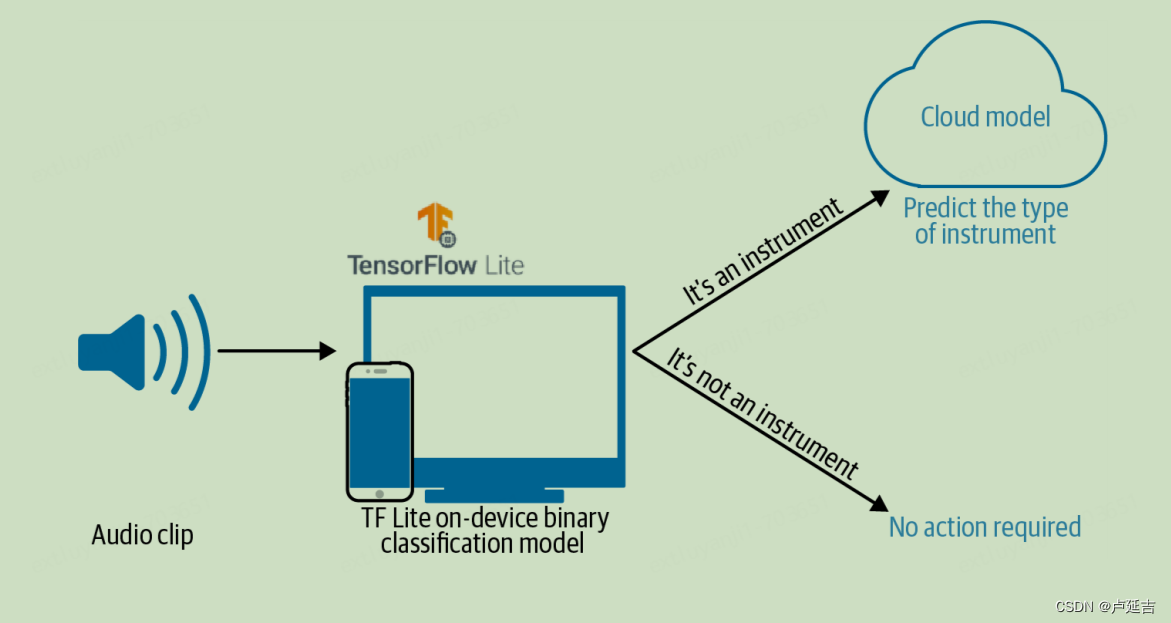
As Machine Learning models grow more sophisticated, their complexity can become a double-edged sword. While they deliver superior accuracy, their computational demands pose a challenge when deploying them on resource-constrained edge devices. This is where the Two-Phase Predictions design pattern shines, offering a way to unleash the power of complex models on the edge while keeping things lightweight and efficient.
The Dilemma: Performance vs. Power
Imagine training a cutting-edge image recognition model to identify endangered species in real-time on a wildlife drone. While the model's accuracy is crucial, running it directly on the drone's limited processing power is simply not feasible. This is where Two-Phase Predictions come to the rescue.
Dividing and Conquering: The Two-Phase Approach
This design pattern cleverly splits the prediction process into two stages:
Phase 1: Local Filtering (Lightweight Model)
A smaller, less complex model runs directly on the edge device. This "local filter" performs a quick and efficient first-pass assessment, potentially filtering out the vast majority of irrelevant inputs. For example, the drone's model might first identify objects resembling animals before analyzing them further for specific endangered species.
Phase 2: Cloud Consultation (Complex Model)
The filtered and prioritized inputs are then sent to a more powerful model residing in the cloud. This "cloud consultant" leverages its full capabilities to deliver the final, highly accurate predictions. As only a fraction of the input reaches the cloud, the overall computational cost and latency remain manageable.
The Benefits of Two-Phase Predictions
This approach offers a multitude of advantages:
- Faster Edge Inference: The lightweight local model ensures quick first-pass assessments, minimizing processing time on the edge device.
- Reduced Cloud Load: By filtering out irrelevant inputs, the cloud model receives a smaller workload, leading to improved scalability and cost efficiency.
- Flexibility: Different models can be chosen for each phase, tailoring the solution to specific needs and resource constraints.
- Offline Functionality: Even in disconnected environments, the local model can still operate, providing basic predictions until reconnection is established.
Real-World Applications
Two-Phase Predictions find applications in various scenarios where edge devices need to leverage powerful models:
- IoT devices: Recognizing objects, detecting anomalies, and making crucial decisions at the edge, even with limited resources.
- Autonomous vehicles: Analyzing sensor data for real-time obstacle detection and path planning, while offloading complex processing to the cloud.
- Consumer electronics: Personalizing experiences on smart devices through on-device filtering and cloud-based fine-tuning of recommendations.
Conclusion: Unleashing the Power of Complexity
By cleverly dividing the prediction process, Two-Phase Predictions unlock the potential of complex models on resource-constrained devices. This design pattern empowers us to build smarter, faster, and more efficient intelligent systems at the edge, paving the way for a future where powerful AI seamlessly integrates into our everyday lives.




